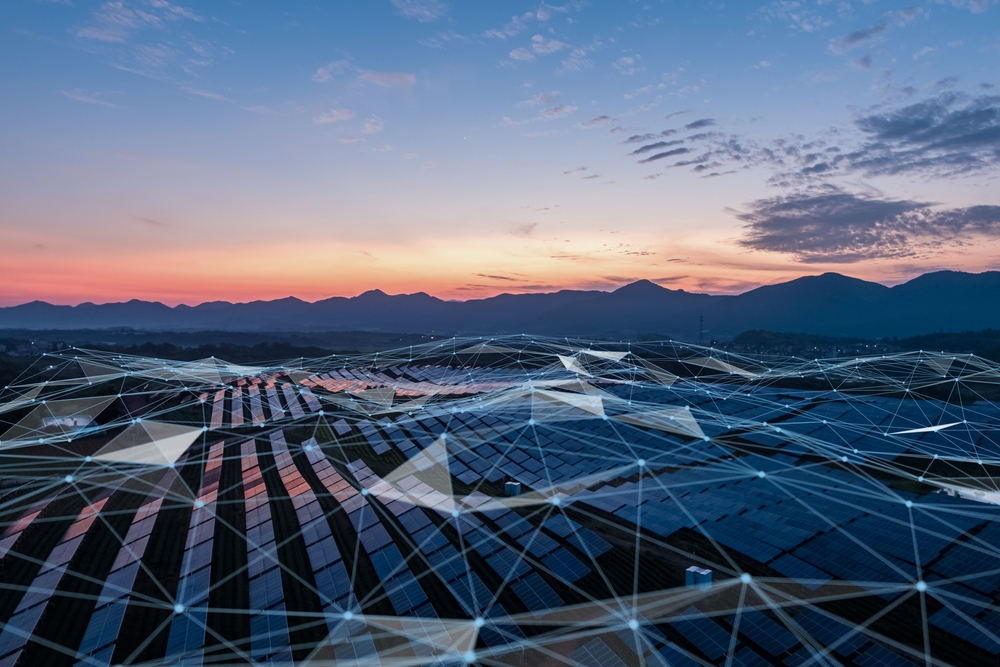Hopes for the rejuvenation of America’s automotive industry might rest on an unassuming cornfield in rural Ohio and on two major international companies.
The drone of earth-moving machinery fills the spring air near the field in Fayette County. Street sweepers patrol surrounding local roads, clearing soil churned up by lorries entering and exiting a massive construction site.
It may not look like much now, but it is the site of a $3.5 billion project by car maker Honda and Korean tech company LG that will focus on manufacturing batteries for millions of electric vehicles.
Thousands of people will be employed at the site – the size of 78 American football fields – that according to Honda will produce 35 gigawatt hours of batteries per year, enough to power 500,000 vehicles.
President Joe Biden has hailed the plant as “another win for America”, as part of a wider move to reimagine the country’s transport system with green alternatives, all made in the US.
This is part of a global drive to lower emissions in the fight against climate change. France opened its own electric car battery factory this year, while the UAE announced plans this month to build an electric vehicle charging station factory.
Though the Honda-LG project is new, America’s Midwest is no stranger to industrial activity.
For much of the 20th century, this part of the world served as a manufacturing engine that drove the country to become the world’s top industrial power.
During the Second World War, Pittsburgh, a city in the neighbouring state of Pennsylvania, produced more steel than Germany and Japan combined. Places such as Cleveland, Detroit and Cincinnati thrived in their steel- and industry-building roles.
But by 1990, industrial manufacturing in America had largely collapsed, with these cities losing nearly half of their populations due to offshoring, and countries such as China having caught up.
Today, the Midwest manufacturing revival is a little different: much of the energy driving it is coming from overseas.
Lured by massive tax and other incentives, international conglomerates such as Honda have been zeroing in on the Midwest’s easy access to blue-collar labour and ready-made infrastructure.
In Moraine, Ohio, a former General Motors car plant has been repurposed into a glass-manufacturing factory by Chinese company Fuyao, which now employs about 2,000 people.
In Michigan, Germany-based companies and investors have created close to 8,000 jobs since 2015.
“Pandemic-era port bottlenecks and shipping disruptions, along with geopolitical tensions, have underscored the precariousness of overly long, heavily globalised supply chains,” says Mark Muro, a senior fellow at the Brookings Institution.
“Given that, numerous producers are ‘regionalising’ their production – bringing it closer to particular markets – namely the US.”
In 2017, Taiwanese company Foxconn – the world’s largest producer of electronics, including Apple’s iPhone – announced plans to invest $10 billion in a Wisconsin project employing 13,000 people to build screens for televisions and other devices.
Donald Trump, who was president at the time, took part in the 2018 groundbreaking ceremony, calling it the “eighth wonder of the world”. It was to be the largest single investment by a foreign company on US soil ever.
And yet, the promise of international investment in this part of America has often been fraught with challenges.
In 2021, Foxconn effectively abandoned its Wisconsin plans, potentially leaving the state on the hook for hundreds of millions of dollars.
For Ashland, a small town in Kentucky, June 1, 2018, was the day residents believed their community would enter a new era.
On a patch of land outside the town, champagne corks were popped as the first sod was turned on a $1.7 billion aluminium plant – the first greenfield facility of its kind to be built in the country in almost four decades.
The plant was to have created 600 jobs, with an additional 1,500 employed in the construction phase. Pay would start at $65,000 – about double the average wage in eastern Kentucky.
The project succeeded in attracting the world’s largest aluminium maker, Russia’s Rusal, which sunk $65 million in the plant. The Commonwealth of Kentucky chipped in $15 million of taxpayer money.
But today, all that exists on the site is a fence and dated signs. The plan ultimately failed to materialise – through no fault of Rusal’s – in an episode that highlights the difficulties companies face in raising huge sums of money.
What’s more, an ongoing labour shortage that has contributed to rising inflation and a deficit of housing could affect plans for other new manufacturing efforts in the Midwest.
In another part of Ohio, Intel is spending $20 billion on a new chip plant that would require 7,000 skilled workers, while car companies such as Ford and General Motors are investing heavily in electric vehicles, which could further add to labour shortages.
“[Honda] said they are going to hire 2,000 people. I don’t know where they are going to get 2,000 people,” says Fayette County resident Carolyn Trimble, who has watched for months as machinery poured in and out of the Honda battery site not far from her front door.
The construction work has resulted in her water supply being affected, but she says the company has since updated her system to ensure her home has continued access to water.
Despite these false dawns and reservations, experts say that, on the whole, these new initiatives are good for the Midwest.
“The region is still somewhat traumatised from the factory closures of the 1980s, 1990s and 2000s, so an eye to downsides is understandable,” says Mr Muro of the Brookings Institution.
“[However] the current trends supporting regionalisation, localisation and reshoring are strong, and aren’t likely to reverse in the short term.”
That’s a position echoed by Travis Allen, a military veteran who lives several fields across from the new Honda battery plant.
“I think it’s going to be good for the community. My family has lived in this area all our lives. I think it’s going to add jobs, and we need that,” he says.
“There are some problems with drugs and such in Fayette County. Maybe this will help boost and get people up and get a job.”






